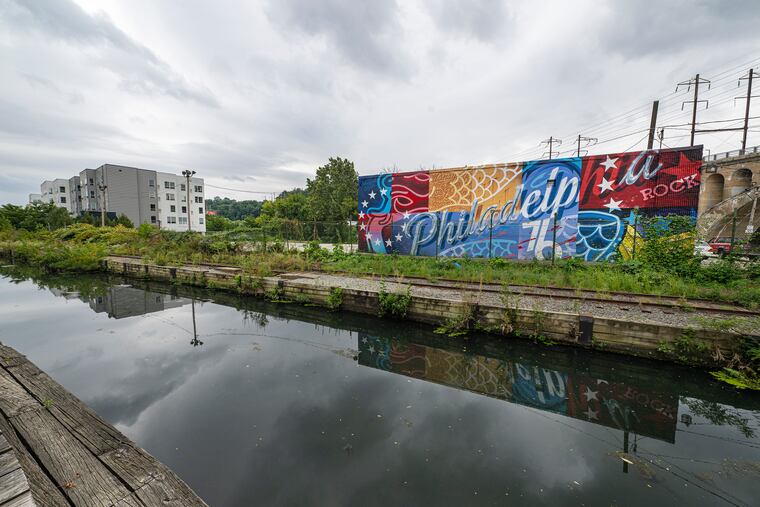Climate change and the foolhardy plan for new apartments on flood-prone Venice Island | Editorial
With global warming leading to more frequent and increasingly intense storms, further development on the island is reckless at best.

The trail of death and destruction caused by Hurricane Ian should serve as a fresh reminder that building in a floodplain is foolhardy and dangerous.
But don’t tell that to the developer who wants to build a 213-unit apartment complex on Venice Island, a flood-prone sliver of land between the Schuylkill and the Manayunk Canal.
Just a year ago, heavy rain from the remnants of Hurricane Ida — which made landfall in Louisiana — deluged the Philadelphia region. Five people died, and hundreds of homes and businesses suffered tens of millions of dollars in damage. The Schuylkill overflowed and flooded Main Street in Manayunk and forced residents from water-logged apartments on Venice Island.
It was not the first time the island was flooded. And with climate change leading to more frequent and increasingly intense storms, it will not be the last.
In 2020, the Apex Manayunk apartments were flooded after rain from Tropical Storm Isaias lifted the Schuylkill to a record crest of 15.4 feet. In 2014, heavy rain forced firefighters in rescue boats to evacuate residents from the Venice Loft apartment complex. In 2010, residents had to be evacuated from the same complex in Manayunk due to flooding.
What used to be 100-year storms now occur every couple of years.
For those keeping score, that’s four major floods on Venice Island in 12 years. What used to be 100-year storms now occur every couple of years. It doesn’t take a master planner to know that more residential development in a floodplain could be costly and deadly.
For decades, safety and common sense prevailed on Venice Island. But in 1999, former Mayor Michael Nutter, then a City Council member for the area, rezoned Venice Island from industrial to residential. (Council members should not have the power to issue spot zoning in their district, as Councilmember Jamie Gauthier did recently at an affordable housing site in University City, but that’s a subject for another day.)
The same year Nutter opened the literal floodgates to residential development on Venice Island, remnants of Hurricane Floyd — which made landfall in Cape Fear, N.C. — dumped more than 10 inches of rain on the Philadelphia region. The Schuylkill rose to 14.1 feet and parts of Venice Island were submerged — an ominous warning of what was to come.
» READ MORE: More apartments proposed for Manayunk’s Venice Island a year after it was swamped by Hurricane Ida
The Manayunk Neighborhood Council sued to block residential development on the 300-acre island. In 2001, a Common Pleas Court judge ruled that building apartments “poses too great a risk to human life and property.” But the state Supreme Court eventually overruled the lower court.
Now, Rock Urban Development wants to double the number of homes on Venice Island. Rock Urban president Nate Torok blithely said the beauty of the river and the canal “far outweighs any sort of risk that a flood would pose.”
Rock Urban is taking some safety precautions, including making all the living spaces at least 11 feet above the floodplain. A pedestrian bridge connected to a building on Main Street in Manayunk will serve as an emergency escape route for when — not if — residents need to evacuate from floodwaters.
Constructing an emergency exit indicates the risk of living on Venice Island. Perhaps Rock Urban should give tenants life jackets. They may need them since Venice Island developers — with the help of city leaders — continue to put profits above residents’ safety.